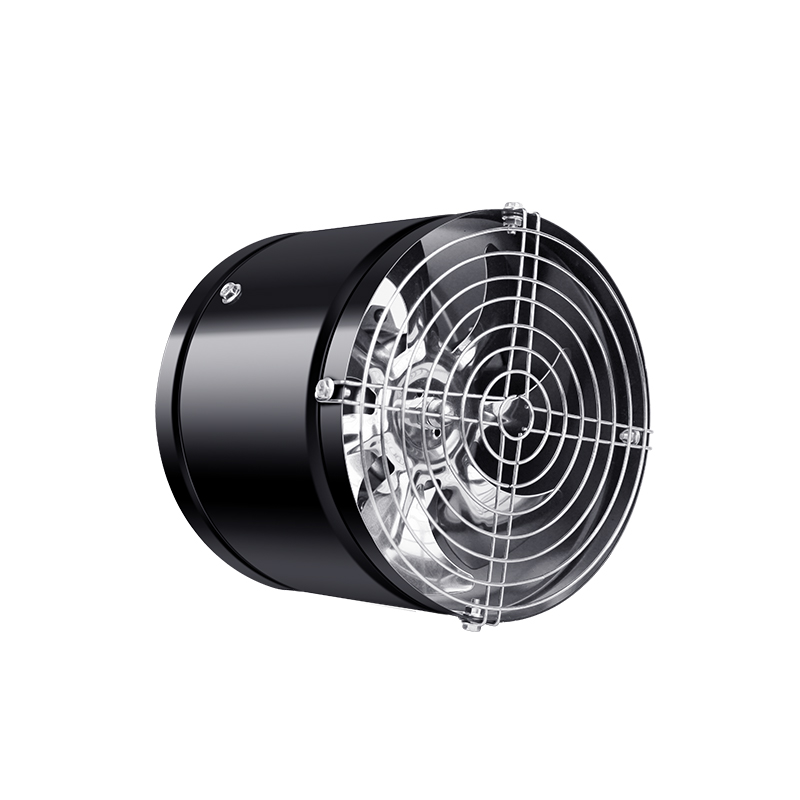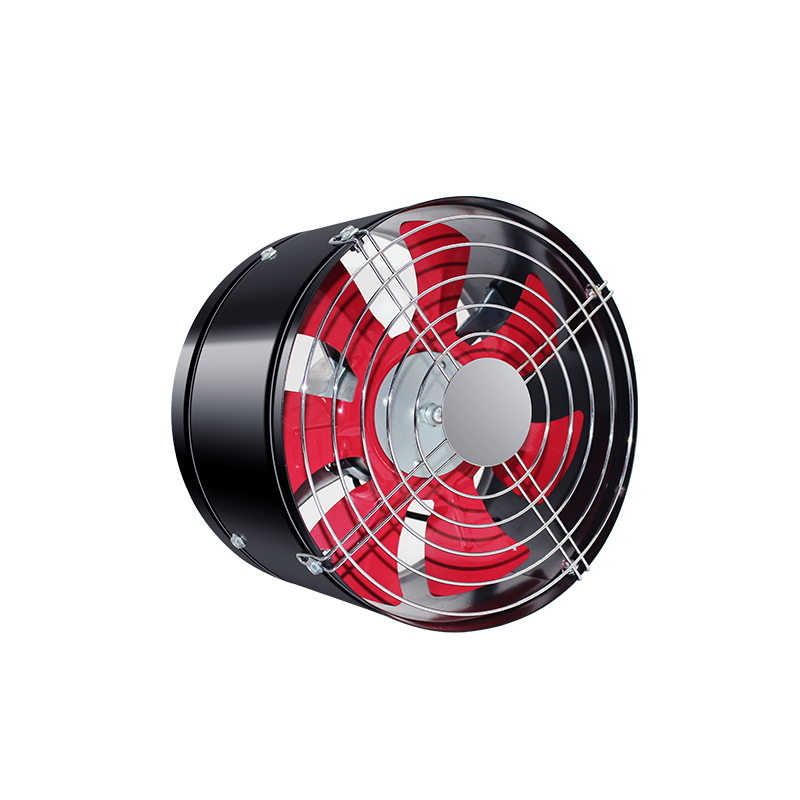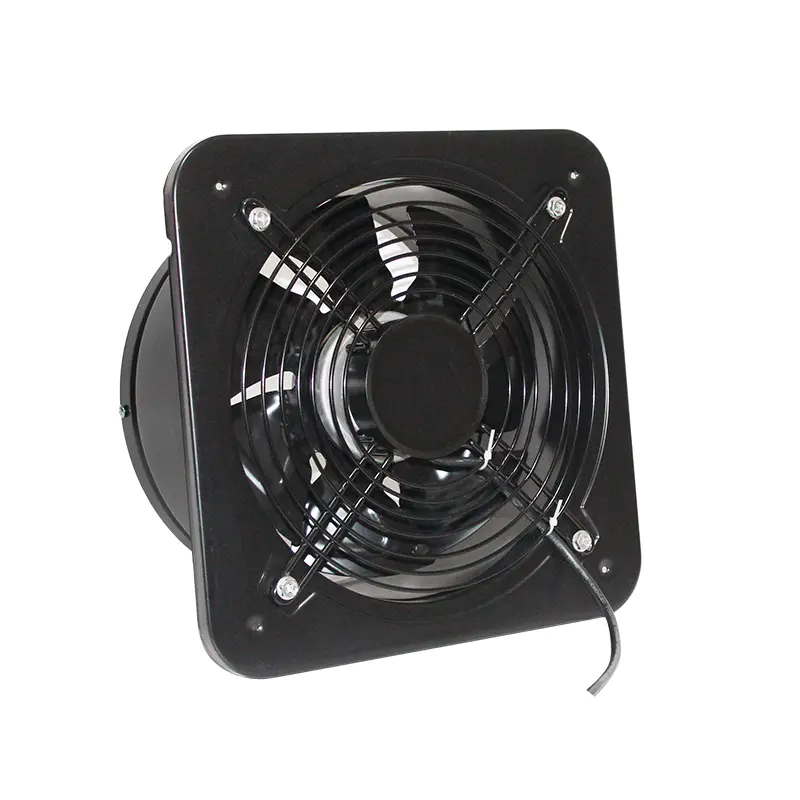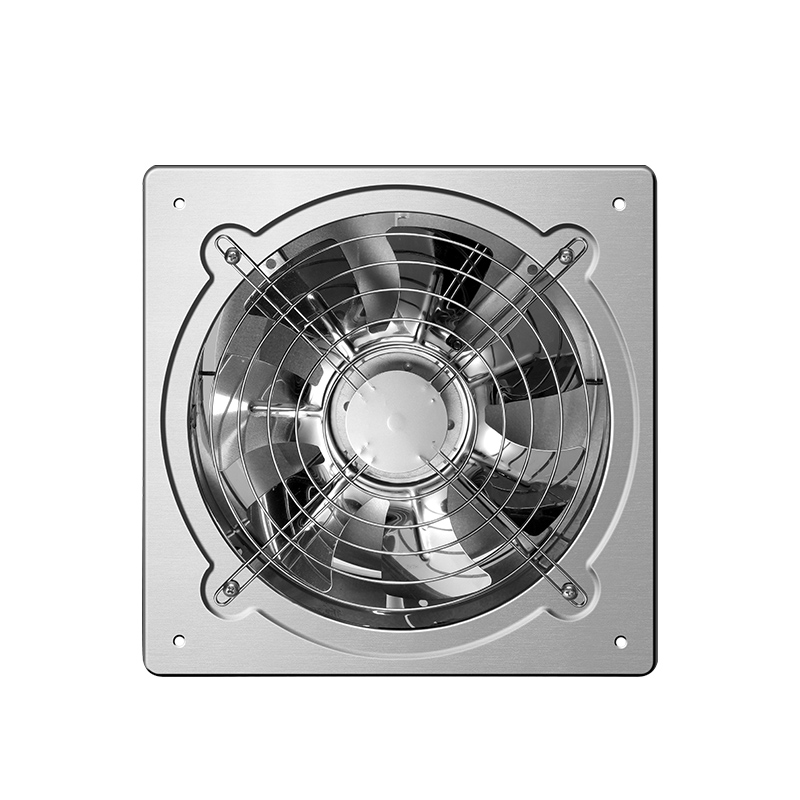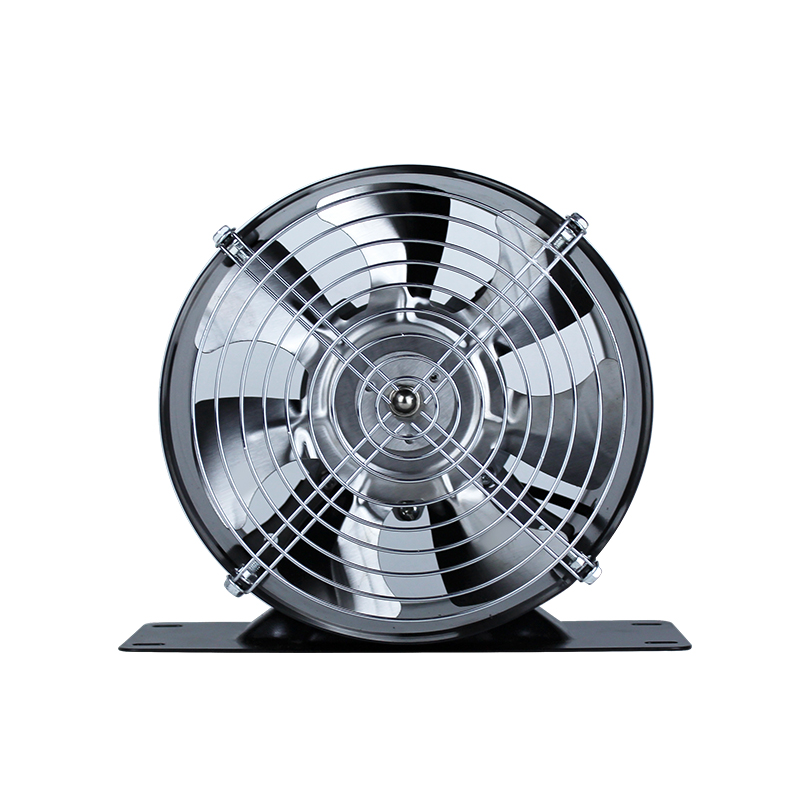News
The Ultimate Guide to Ducted Ventilation Fans: Types, Benefits, and Installation
Proper ventilation is the cornerstone of a healthy, comfortable, and energy-efficient home. At the heart of many effective whole-house ventilation systems are ducted ventilation fans. Unlike their non-ducted counterparts, these systems use a network of ducts to actively remove stale, moist, or polluted air from multiple rooms or key areas and exhaust it outside, replacing it with fresh air. This comprehensive guide will delve into the inner workings of ducted ventilation fans, exploring their significant benefits, different types, and what you need to know to choose and maintain the perfect system for your home's needs.
What is a Ducted Ventilation System?
A ducted ventilation system is a centralized solution designed to manage the air quality throughout your entire home or specific zones. It consists of a central fan unit, typically installed in a roof space, ceiling cavity, or garage, which is connected to a series of ducts (pipes) that run to various intake and exhaust points in different rooms. The core principle is to create a controlled and balanced air exchange. By understanding the benefits of ducted ventilation systems, homeowners can make an informed decision about improving their indoor environment. The advantages are multifaceted:
- Comprehensive Moisture Control: Effectively removes humidity from bathrooms, laundries, and kitchens, preventing mold and mildew growth, which protects your health and your home's structural integrity.
- Elimination of Odors and Pollutants: Quickly extracts cooking smells, smoke, and volatile organic compounds (VOCs) from cleaning products or building materials, ensuring air remains fresh.
- Improved Thermal Comfort: Some advanced systems can help redistribute heated or cooled air, reducing the load on your HVAC system and potentially lowering energy bills.
- Reduced Noise: Since the main fan is located away from living spaces, ducted systems often operate much more quietly than individual ceiling fans.
Key Types of Ducted Ventilation Fans
Not all ducted systems are created equal. The right choice depends on your climate, home design, and specific ventilation goals. The primary types include extract-only, supply-only, and balanced systems.
1. Extract Only Systems
This is a common and straightforward setup where the central fan actively extracts stale air from wet rooms like bathrooms and kitchens. Fresh air passively enters the home through vents in windows or walls in living areas and bedrooms, replacing the expelled air.
- Best for: Smaller homes or those primarily concerned with removing moisture and odors from specific areas.
- Consideration: Can create slight negative pressure inside the home, which may draw in unconditioned air from outside if not properly balanced.
2. Balanced Systems with Heat Recovery (HRV) or Energy Recovery (ERV)
These are highly efficient, whole-house solutions. They use two fans and two duct networks: one to exhaust stale indoor air and another to bring in fresh outdoor air. A core inside the unit transfers heat (and in the case of ERVs, moisture) between the two airstreams. This is a critical component for those researching ducted ventilation with heat recovery.
- Heat Recovery Ventilator (HRV): Transfers heat from the warm outgoing air to the cool incoming fresh air in winter (and vice versa in summer), significantly improving energy efficiency.
- Energy Recovery Ventilator (ERV): Transfers both heat and moisture. This is ideal for humid climates, as it helps control indoor humidity levels by transferring excess moisture from the incoming air to the outgoing air.
The following table highlights the key differences between HRV and ERV systems:
| Feature | HRV (Heat Recovery Ventilator) | ERV (Energy Recovery Ventilator) |
| Primary Function | Transfers heat only | Transfers both heat and moisture |
| Best For | Colder, drier climates | Mixed-humid and hot-humid climates |
| Winter Operation | Retains indoor heat without adding humidity from outside | Retains indoor heat and helps maintain indoor humidity levels |
| Summer Operation | Prevents cool indoor air from heating up | Helps reduce incoming outdoor humidity |
Choosing the Right Ducted Fan: A Buyer's Guide
Selecting the ideal system requires careful consideration of several factors. Focusing on how to choose a ducted ventilation fan will ensure you get the right performance for your space.
- Airflow Capacity (CFM or m³/h): This is the most critical spec. The fan must be powerful enough to change the air in your home at the required rate. A calculation based on room volume and desired air changes per hour (ACH) is necessary.
- System Type: Decide between an extract-only, supply-only, or balanced HRV/ERV system based on your needs and climate, as described above.
- Noice Level (Sones): The lower the sone rating, the quieter the fan. For ducted systems, since the motor is remote, this is less of an issue in living spaces but is still a factor for the installation location.
- Ducting Design: The length, diameter, and layout of ducts significantly impact performance. Smooth, rigid ducts are more efficient than flexible, ribbed ones. Proper ducted fan installation requirements mandate minimizing bends and long runs.
- Controls and Features: Look for options like humidity sensors, timers, and variable speed controls for automated and efficient operation.
Professional Installation and Maintenance Requirements
While some homeowners may attempt DIY projects, ducted fan installation requirements are complex and often best left to professionals. A correct installation is paramount for performance, efficiency, and safety.
- Complex Planning: Requires designing an efficient ductwork layout that minimizes bends and achieves balanced airflow across all outlets.
- Structural Work: Involves cutting holes in ceilings, walls, and roof spaces for ducts and vents, which requires precision and knowledge of building structures.
- Electrical Work: Must be connected to your home's electrical system by a qualified electrician to ensure it meets safety codes.
- Air Sealing: All duct joints must be properly sealed with professional-grade tape or mastic to prevent air leaks, which drastically reduce efficiency.
Once installed, regular maintenance is simple but essential. A key task is how to clean ducted ventilation fans to maintain airflow and air quality.
- Regular Filter Changes: Most systems have filters on the intake. These should be checked every 3-6 months and replaced or cleaned as recommended by the manufacturer.
- Cleaning the Fan Unit: Power down the system and vacuum any dust buildup from the fan unit and its surrounding area annually.
- Duct Cleaning: While not needed frequently, ducts can be professionally cleaned every few years to remove accumulated dust and allergens.
- Grille and Vent Cleaning: Wipe down visible vent grilles regularly to remove dust.
Energy-Saving Silent Duct Fan Inline Duct Fan
FAQ
What is the difference between a ducted and a ductless ventilation fan?
Ducted ventilation fans use a network of pipes to move air from multiple rooms to a central fan that exhausts it outside. Ductless fans (like typical bathroom ceiling fans) are installed directly in the ceiling or wall of a single room and exhaust air directly outside through a short, dedicated wall or roof cap. Ducted systems are for whole-house or multi-room solutions, offering centralized control and often quieter operation, while ductless fans are cost-effective for ventilating individual rooms.
How much does it cost to install a ducted ventilation system?
The cost can vary widely based on the system type, home size, and complexity of installation. A simple extract-only system for a few rooms may cost a few thousand dollars, while a full-home balanced HRV or ERV system with complex ducting can cost significantly more. The investment is often offset by improved energy efficiency (lower heating/cooling bills), protection of your home from moisture damage, and the significant health benefits of improved indoor air quality.
Can a ducted ventilation system help with allergies?
Yes, absolutely. A well-maintained ducted ventilation system with high-quality filters is highly effective at reducing allergens indoors. By continuously expelling stale, allergen-filled air and bringing in fresh, filtered air, these systems significantly reduce the concentration of pollen, dust mites, pet dander, and other particulate matter in your home, providing relief for allergy and asthma sufferers.
How often should I run my ducted ventilation fan?
For optimal air quality and moisture control, it's best to run your system continuously at a low speed. Modern energy-efficient models are designed for this and consume very little power. You can often set the system to a higher speed when generating more humidity or odors (e.g., during cooking, showering, or having guests over). Systems with smart humidity sensors will automatically adjust their speed based on the actual conditions in your home.


 English
English 中文简体
中文简体
